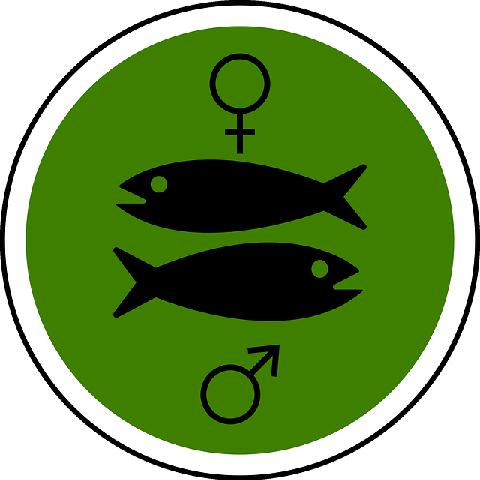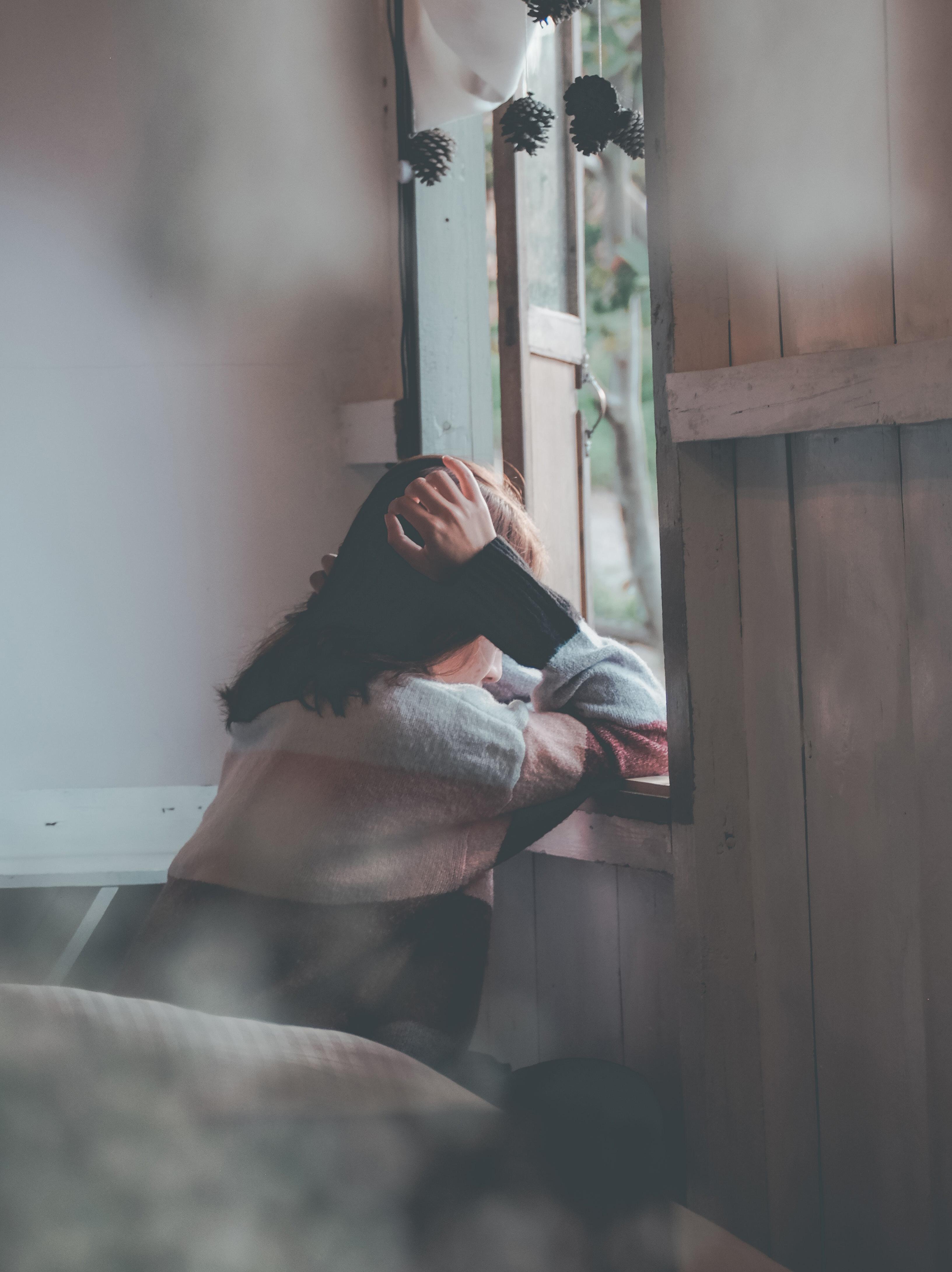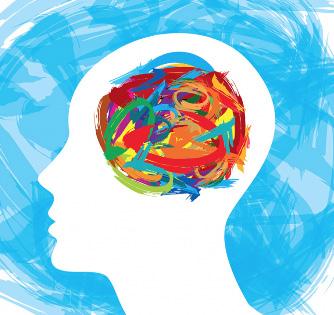Mental Health ers tt a M Behind Closed Doors: Impacts of - Domestic Violence How to Get Help!
By Derran Heney Mental Health Professional
Both men and women can experience family and domestic violence. According to the Australian Broadcasting Corporation (ABC, 2016),
“Australian police are called to deal with domestic violence (DV) situations every two minutes.”
This sheds light on the extent and epidemic proportions of this serious issue. More statistics are available here: https://www.whiteribbon.org.au/ understand-domestic-violence/ facts-violence-women/domestic-violence-statistics/ The Department of Human Services (2019) defines family and domestic violence as any behaviour that is violent, abusive, threatening or controlling in nature, causing a person to feel unsafe.
10
Supernal Magazine
Behaviours identified under the banner of ‘family and domestic violence’ are not limited to, but include, physical or sexual assault, threats, verbal abuse, psychological and emotional blackmail, using technology to abuse or for surveillance, stalking and predatory behaviours, keeping a person under surveillance and control. The Family Violence Protection Act (2008) further defines family violence as any behaviour that causes a child to hear, witness or otherwise be exposed to the effects of these behaviours. (Family Violence Protection Act, 2008, Section 57). Victims of DV can experience extreme fear, emotional distress, ongoing psychological and physical trauma; anxiety, depression, irritability,
“Family Violence Intervention Orders (FVIO) are designed to protect people who are exposed to these behaviours where perpetrators cannot control their behaviours…” helplessness and suicidality. Victims don’t readily report DV due to worry about being believed. DV occurs most often behind closed doors with perpetrators of DV appearing very different to the outside world. Children in DV situations commonly experience anxiety, hypervigilance, low self-esteem and strong emotions like anger, extreme sadness, and feeling afraid for the safety of themselves or loved ones. Children can experience stress and emotionally based physical symptoms, i.e. headaches, tummy aches and insomnia.



















